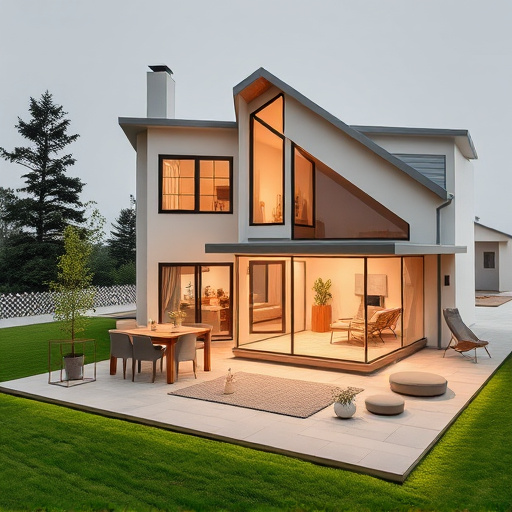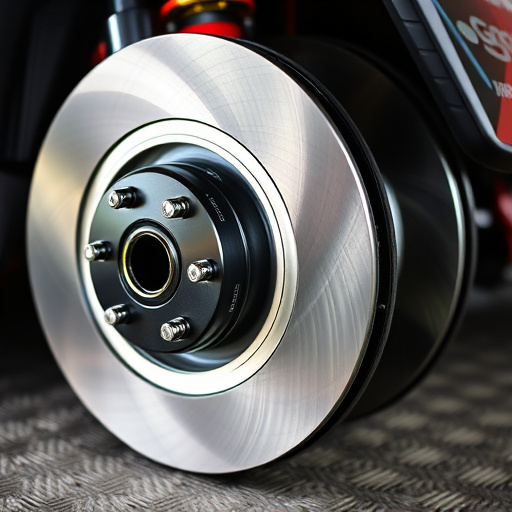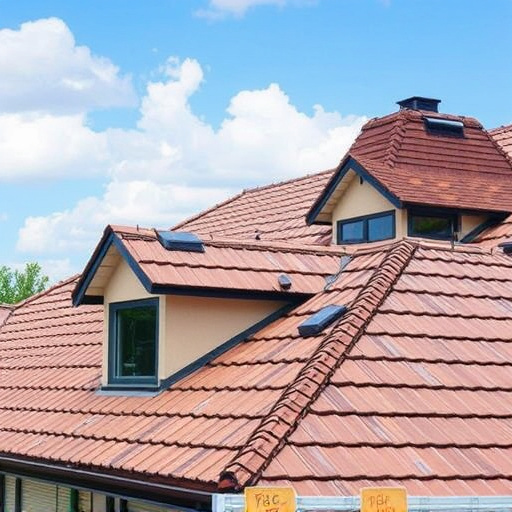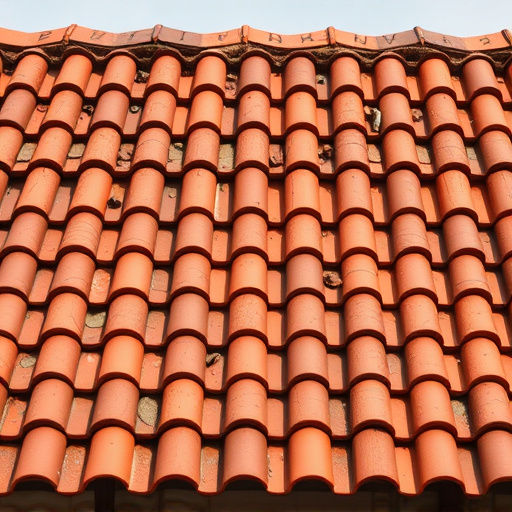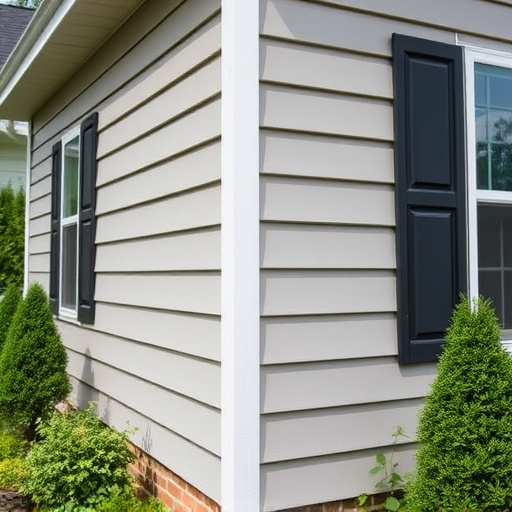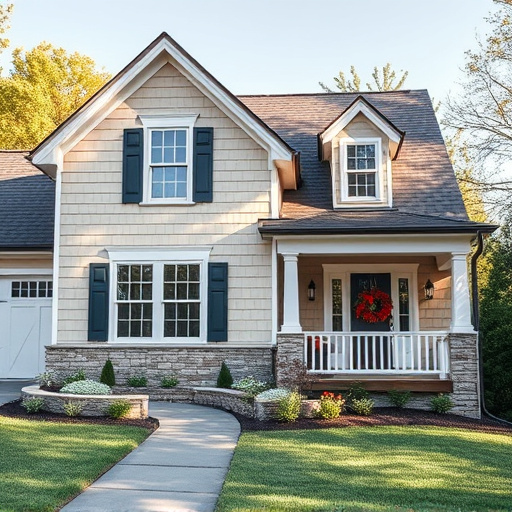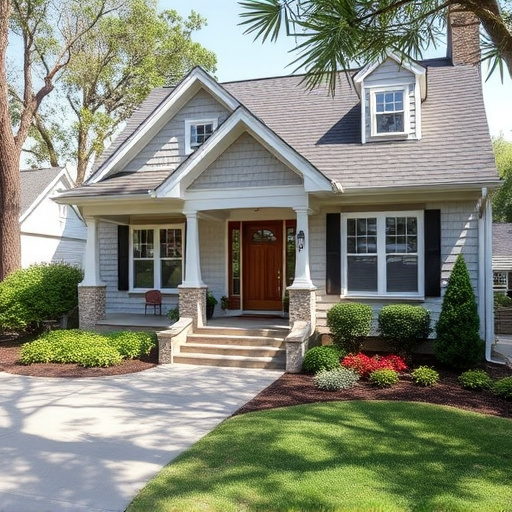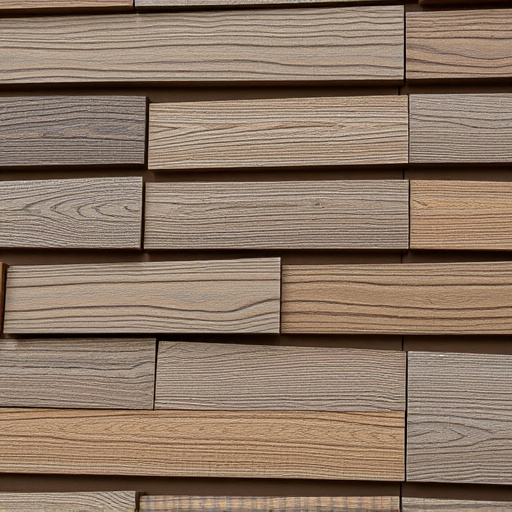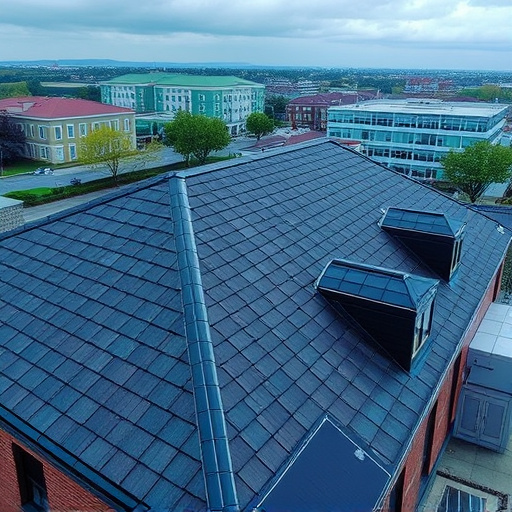Choosing new siding for a residential roofing project involves considering climate, budget, and personal style. Consulting professionals helps select materials that balance durability, element protection, and longevity. Options include vinyl (affordable, low maintenance), wood (natural beauty, requires upkeep), fiber cement (fire-resistant, mold-resistant), and aluminum (versatile, durable). Evaluate climate conditions, visual appeal, and cost-effectiveness to complement your home's style and enhance property value.
Introducing our comprehensive guide on “Common Mistakes to Avoid With New Siding Projects.” Whether you’re tackling a renovation or installing new siding, understanding key pitfalls is essential. This article equips homeowners with crucial insights, delving into material selection, from exploring common types and their pros/cons to factors ensuring durability. We also dissect improper installation techniques, highlighting the importance of licensed professionals and preventive measures. Furthermore, learn about neglecting maintenance and repairs, including establishing a routine and recognizing signs of damage. Master these aspects for long-term performance and avoid costly future repairs related to new siding.
- Choosing the Wrong Material
- – Common types of siding and their pros/cons
- – Factors to consider when selecting new siding material
Choosing the Wrong Material
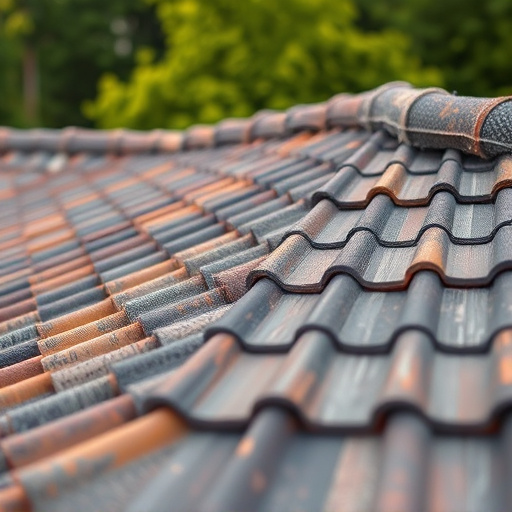
When embarking on a new siding project, one of the most common mistakes homeowners make is selecting the wrong material. New siding isn’t just about aesthetics; it’s a significant investment that protects your residential roofing from damage and elements like moisture and extreme temperatures. Materials vary greatly in quality, durability, and insulation properties. For instance, while vinyl siding might be appealing due to its low maintenance, it may not offer the same level of protection as fiber cement or wood alternatives.
It’s crucial to consider factors such as climate, budget, and personal style when choosing your new siding. Consulting with roofing professionals can help guide your decision, especially when navigating the vast array of options available today. They can provide insights into suitable materials for your specific residential roofing needs, ensuring longevity and minimizing future repairs, which is particularly important in protecting against potential water damage that could impact both the roof and walls.
– Common types of siding and their pros/cons
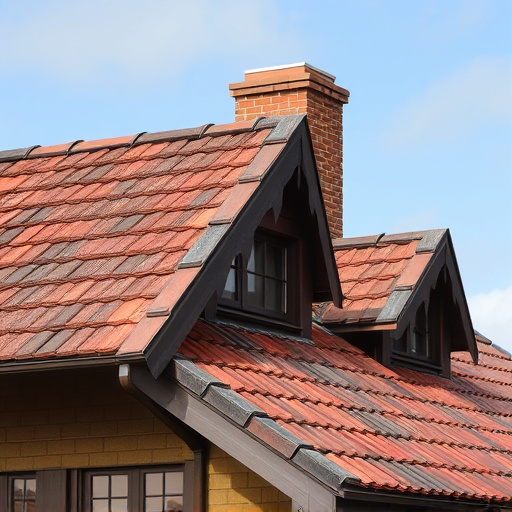
When considering a new siding project, it’s crucial to understand the various types available and their unique attributes. Vinyl siding is a popular choice due to its affordability, low maintenance, and wide range of colors and styles. It’s an excellent option for homeowners seeking an easy-to-maintain exterior. However, it may not offer the same level of insulation as other materials and can be susceptible to damage from extreme weather conditions.
Wood siding exudes natural beauty and warmth, making it a preferred choice for those who appreciate traditional aesthetics. Despite its appeal, wood requires regular maintenance, including painting or staining, to protect against rot and insects. Fiber cement siding is another durable option known for its resistance to fire, mold, and rot. While it may be more expensive upfront, fiber cement provides long-lasting performance and a diverse range of design possibilities. For those seeking versatility, this material offers excellent options for both traditional and contemporary styles, ensuring your home makes a statement with roofing solutions that stand the test of time.
– Factors to consider when selecting new siding material
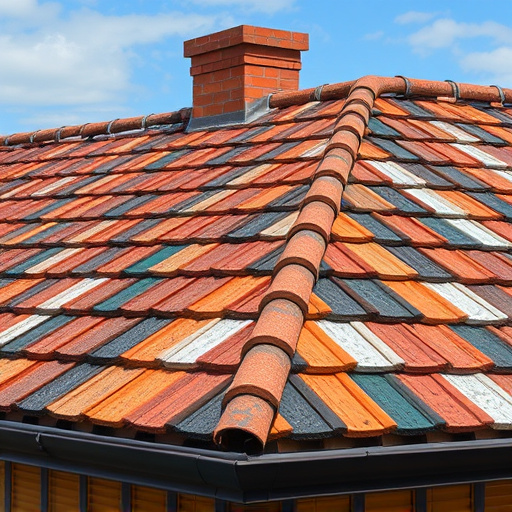
When considering a new siding project, several factors come into play to ensure you make the best choice for your property. First and foremost, evaluate your climate and environmental conditions. Different materials offer varying levels of durability against extreme temperatures, moisture, and UV rays. For instance, in regions prone to storms and heavy rainfall, selecting a siding that can withstand such elements is crucial. Additionally, consider the visual appeal and architectural style of your home. New siding not only protects but also enhances the overall aesthetics, so choose a material that complements your house’s design, whether it’s traditional, modern, or something unique.
Another essential aspect to keep in mind is the cost-effectiveness of the new siding. Compare pricing for various materials, including vinyl, fiber cement, wood, and aluminum, each offering different levels of longevity and maintenance requirements. While a higher initial investment might mean longer-lasting roofing solutions, it’s also worth considering the potential long-term savings on roof repair and storm damage repair. Ensure you balance aesthetics, durability, and your budget to create a harmonious and low-maintenance exterior for your home.
When embarking on a new siding project, understanding common mistakes to avoid is key. By carefully considering factors like material type, climate suitability, and maintenance requirements, you can ensure your new siding stands the test of time. Remember, the right choice goes beyond aesthetics; it’s an investment that protects your home and contributes to its overall value. So, whether you’re drawn to vinyl, wood, or fiber cement, make informed decisions to create a lasting and beautiful exterior for your abode.
